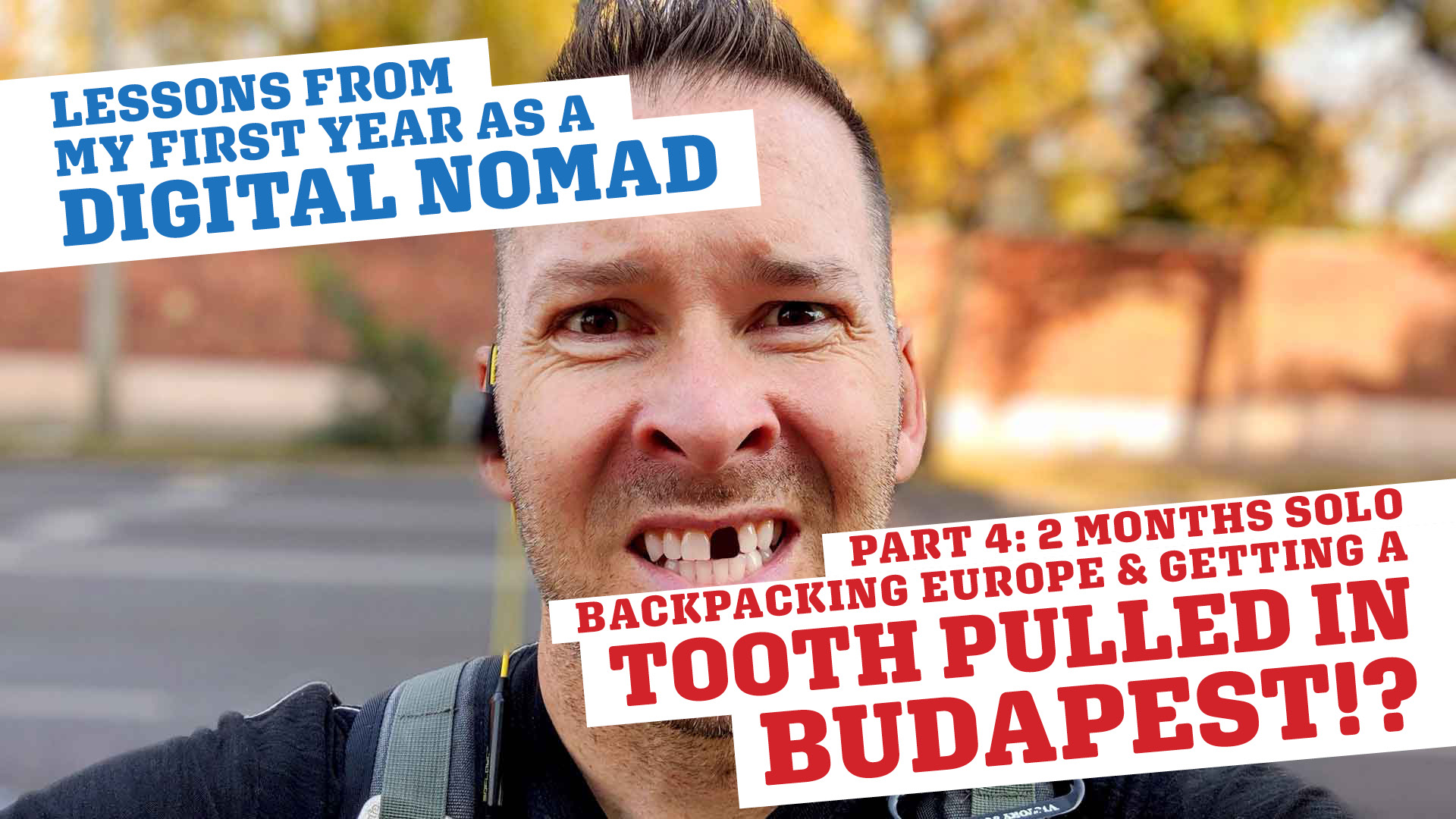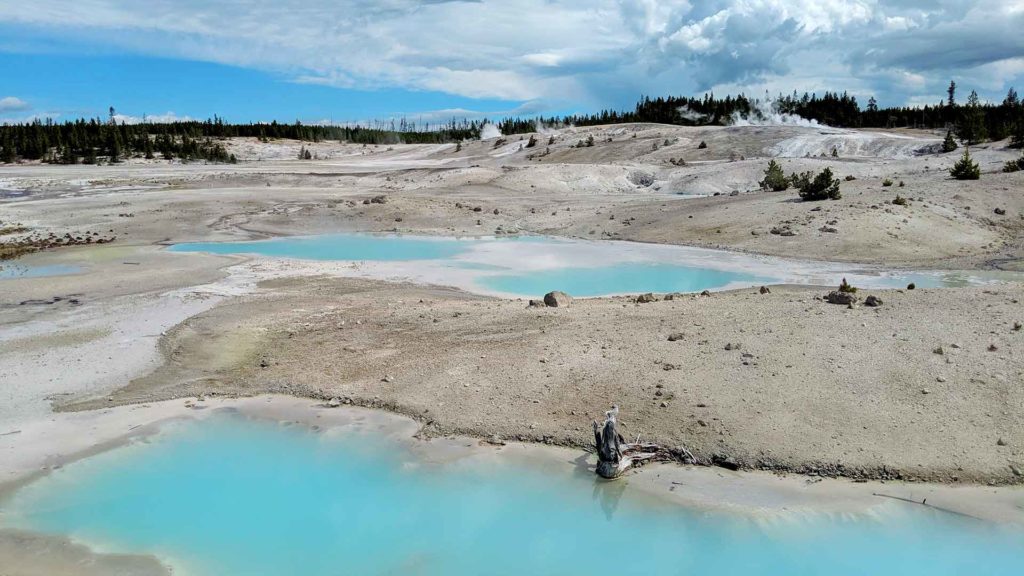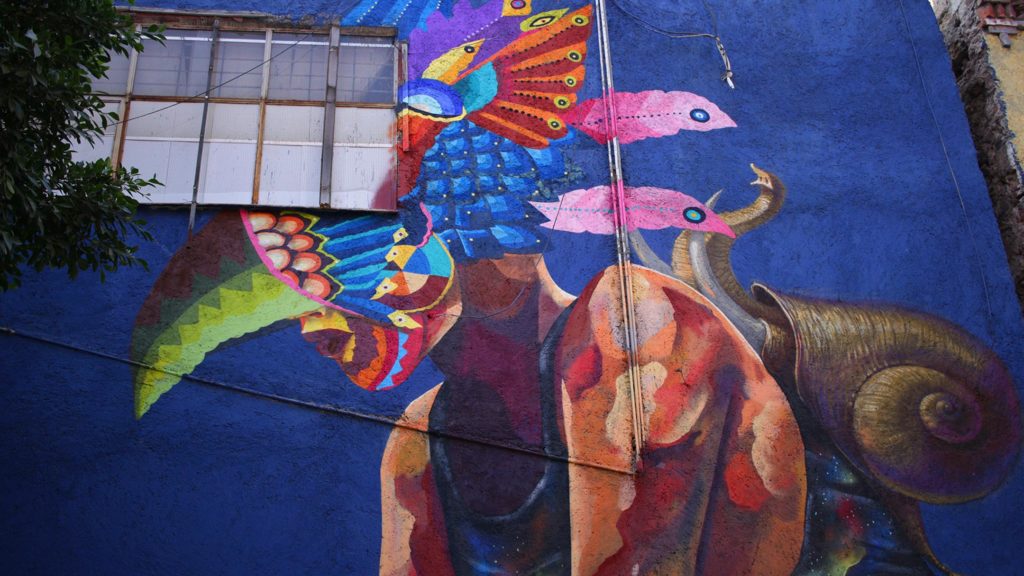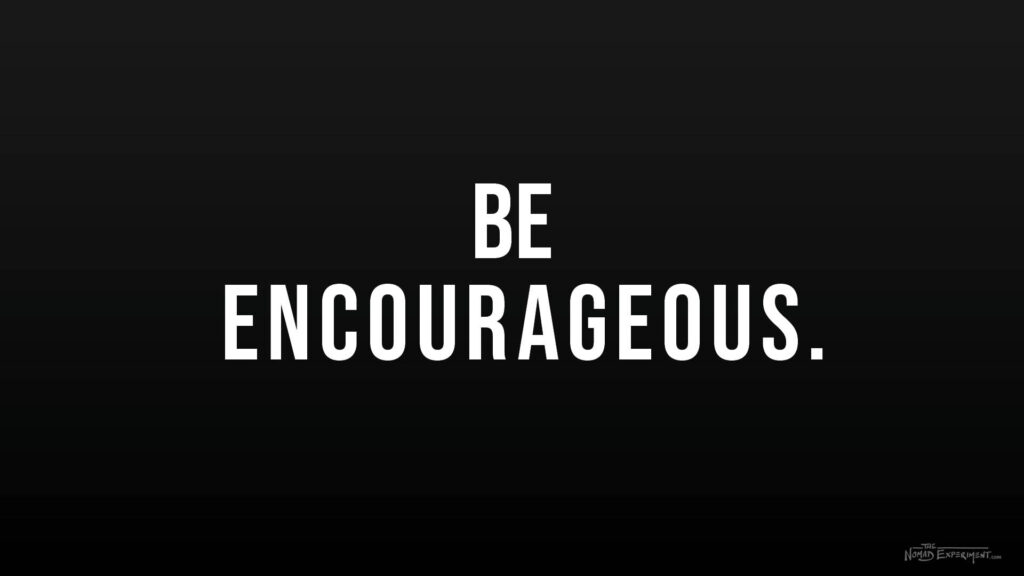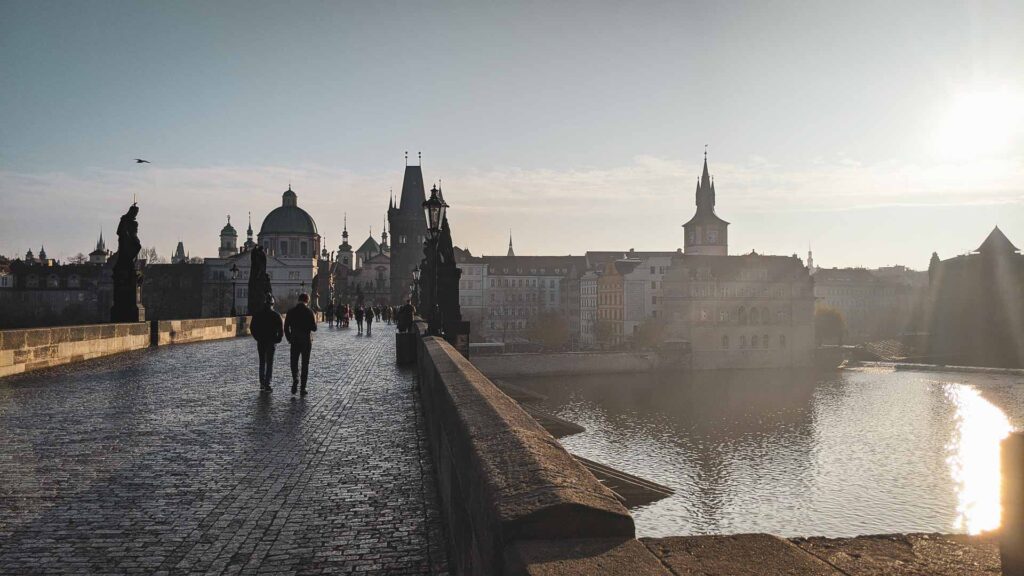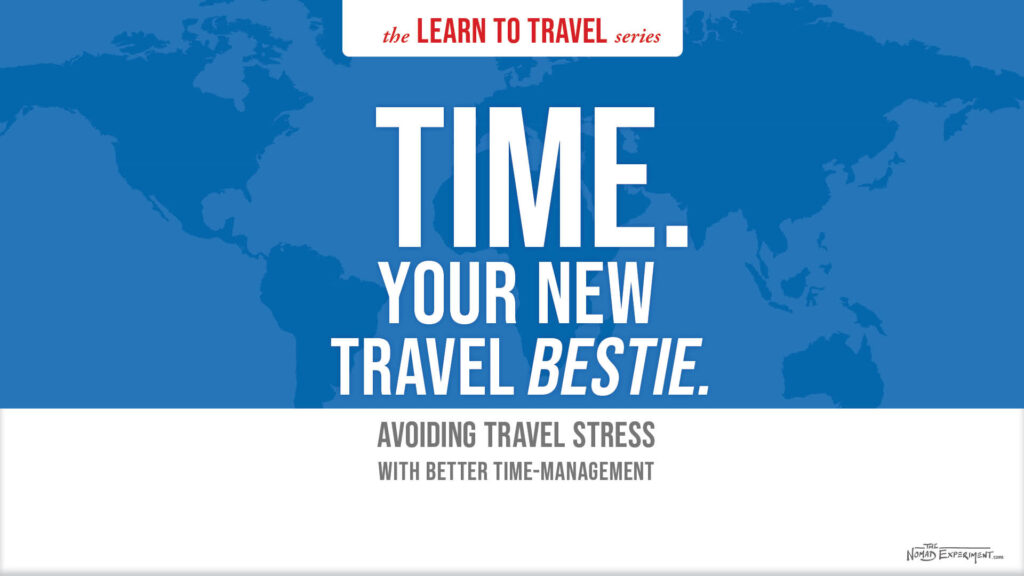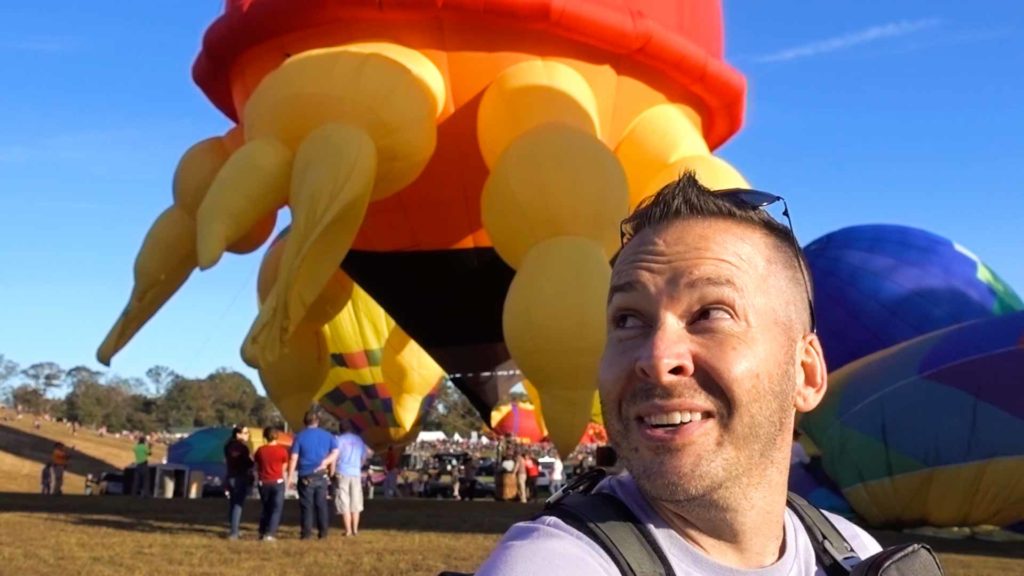Part 4: Year 1 As a digital nomad – Life Lessons Learned While Solo Backpacking Europe…
This Article Is One In A Series Of Articles About Life Lessons Learned During My First Full Year Of Slow Travel As A Full-Time Digital Nomad
If you want to read from the beginning or need to catch up, follow the links below! Thanks for following along! I hope you get some tips, inspiration, and life lessons, especially if you’re looking to go nomad or just continue to track towards more travel in your life. Please share the articles with a friend and join the conversation over at Facebook or subscribe on Youtube. Cheers!
Articles- Life Lessons Learned During My First Year As A Digital Nomad:
Part 1: The Backstory & Getting Up To Speed
Part 2: 2 Months On The Great U.S. National Parks Road Trip
Part 3: Lessons Learned While Saying Goodbye To My Grandpa
Part 4: 2 Months Solo Backpacking Travel Across Europe
Part 5: Lessons Learned During 2 Months Living as a Digital Nomad in Queretaro, Mexico
Part 6: Life Lessons From 2 Months In The U.S. at the Start of the Covid-19 Pandemic
Join the email list to stay in the loop on new releases!
This site participates in the Amazon Services LLC Associates Program and other affiliate programs and may earn from qualifying purchases. You’re never charged more, but it helps out little by little! Check out “Privacy” in the top menu if you need to know more!
Lessons Learned Solo Backpacking, For 2 Months, Across Europe…and Getting a Tooth Pulled in Budapest
When this year started I had been to 3 countries outside of the U.S. My only travel to Europe being a week in London almost 20 years ago. This trip would add 7 within 2 months: Ireland (Hiking, Aran Islands, Getting Lost…, Hungary (Budapest), Slovakia (Bratislava), Austria (Vienna), Czechia & Kutna Hora (Prague), Germany (Munich), and France (Paris). Video links are in parenthesis!
I’ve never really aspired for “numbers” as it came to travel. But with that said, it’s amazing to think about how I expanded my understanding of places in the world quickly by traveling to so many countries in Europe in such a short amount of time.
I stayed at 14 hostels along the way, the most memorable being in an empty hostel on the Aran Islands of the coast of Ireland…for less than $25 a night.
My total spend for 62 nights of slow travel exploring 7 countries in central/western Europe? $3746 all-inclusive, which breaks down to about $60 per day. (Note that all-inclusive includes all money spent on accommodations, food, transportation, entertainment, etc. during the trip, including flights to/from.) Here are just a few of the lessons learned from solo travel, backpacking across Europe:
READ NEXT: Downsizing from 1400sf to 40sf! Pondering “Big” Decisions…
Travel Medical Insurance, Pre-Existing Conditions, & Type 1 Diabetes
Book Resources — The Beginner Traveler’s Guide to Going Nomad
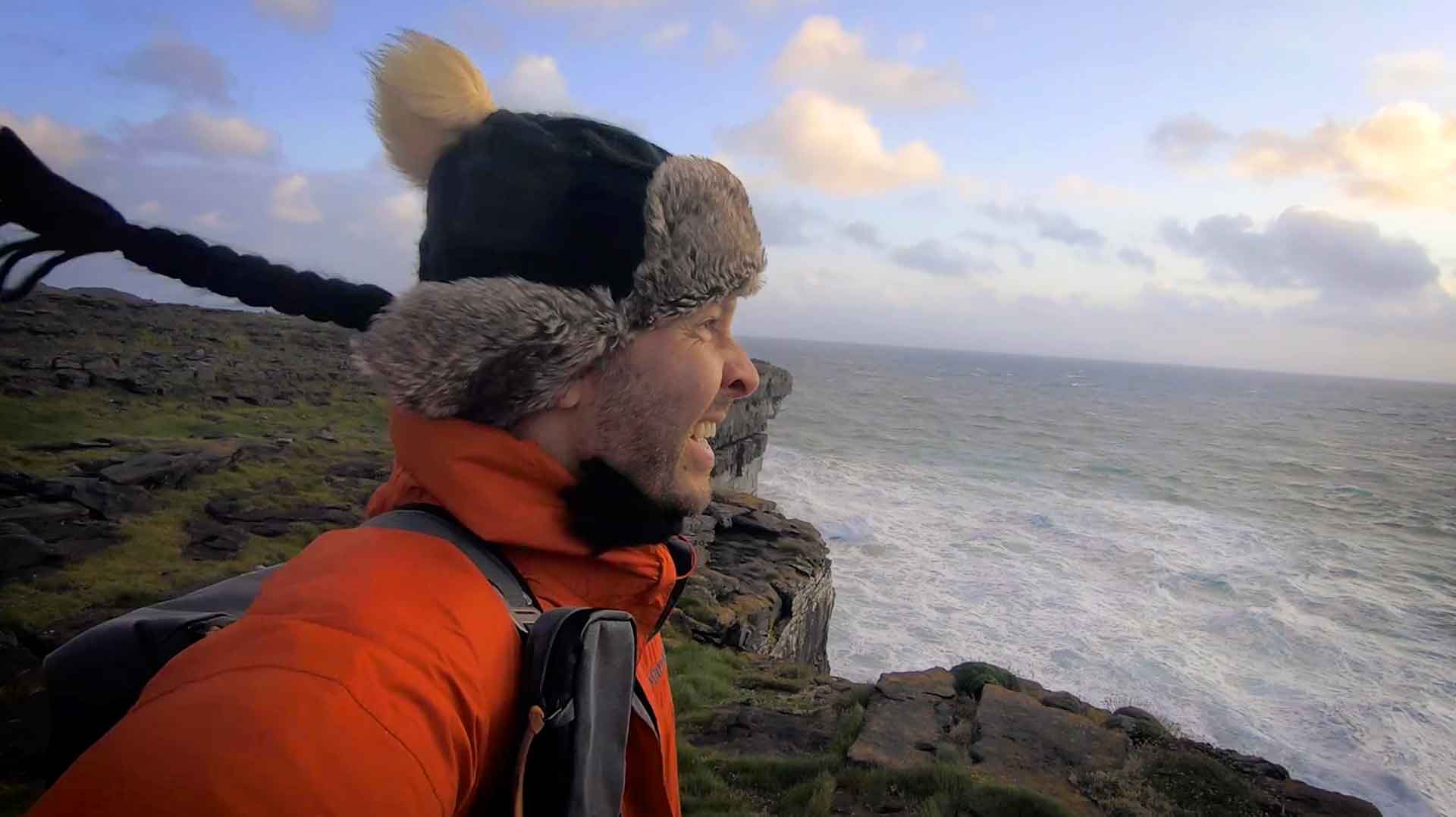
Lessons Learned While Solo Traveling Europe For 2 Months
5. My sense of scale for the U.S. compared to the rest of the world is hella-skewed.
The only way I’m able to say this is because of my road trip across the U.S. combined with these travels across Europe. Essentially, now I realize that a lot of those countries in Europe (and some other continents) are much more comparable in size to the states that I’m used to in the U.S. The interesting thing about this Europe trip was that the language changed across nearly each border.
Could you imaging traveling across the state line next to you and changing languages!?
4. As an American, I take having English as my main language for granted.
I’m afraid a lot of Americans might default to the same thoughts I used to: “I speak English; communicating will be fine wherever I travel, especially Europe.” And fortunately, or unfortunately depending on how you look at it, that was true for this trip. Being fairly new to travel, this was definitely a benefit though.
Most of the time I was able to use English throughout central and western Europe.
But I feel like I was less connected to the countries and the people because of it. We’ll get back to this later when we get to the two months I just spent in Mexico. Essentially, I think you’re much better off if you learn a few basic words in the native language of where you travel. You show respect to locals and endear yourself more, which is a win-win.
3. “Travel is as expensive” is an excuse I used to use because I was too lazy to truly test that belief.
I spent less than $60/day on this trip, and I ate extremely well and drank extremely well and stayed at some baller hostels. Granted, they weren’t all winners. I met people from all over the world and experienced cities at ground level. I shot from the hip and found my way around without much guidance, which made me feel like I was not just traveling in, but truly exploring Europe on this trip.
What I’ve been slowly proving to myself for years now is that the amount spent, especially as that amount gets higher, typically has little or no positive correlation to the experiences gained.
If anything, it’s usually the opposite. I feel like I experience so much more by spending less and being more connected on a local level than if I was in a sterile hotel room in an all-inclusive retreat that just happens to be in another country. If you’re new to travel, make notice of which different travel styles really bring you joy, not just a feeling of “meh” or not caring one way or the other. Expensive or cost-heavy travel isn’t necessarily best.
2. Americans’ perceptions of the capitalistic medical system in the U.S. compared to different systems in Europe and other countries are really out of whack.
Facing $5-6000 out of pocket for a tooth extraction and implant in the U.S. (which just wasn’t happening at that cost), I explored other countries. Turns out a lot of people throughout Europe travel to Budapest for dental work.
I ended up getting my tooth pulled in Budapest for 1/4 of what that procedure would have cost in the U.S. And the rest of the process will cost less than 1/3 total.
It’s been 6 months since that first procedure and all is good. There’s much more to that story, and you can watch it here. Needless to say, there is no perfect system, but I think Americans need to open their mind a little bit to the possibilities. U.S citizens need to stop assuming the validity in the tainted slants we tend to be fed through our media channels. But I digress.
While I’ve been learning to travel, articles about medical tourism, or getting medical or dental procedures done outside the U.S., have been everywhere.
I’m glad I faced my fear and have saved money sofar on an identical, if not better, medical experience outside of the U.S. and my comfort zone.
1. Pride Is A Sombich’; Go With Your Gut.
During the weeks leading up to my week in Paris there was major chatter about a complete transportation strike…three days before my flight back to the U.S. I continued to track it and bounce back and forth between spending the money to change my flight to before the potential strike or just chancing it. With CDG airport being about a 1.5-hour rigorous public transit trip from central Paris, I chose not to chance it and changed my flight.
I flew home and the next day the city shut down…for over 6 weeks of sweeping transit strikes and protests.
The “inconvenience” to me of changing my plans was minor. But had I not, I could have had real problems traveling out of Europe and getting home at all!
Cheers Friend.
— Jason
Connect & Share This Article
Check out Part 5…living as a true digital nomad for 2 months in Queretaro, Mexico!
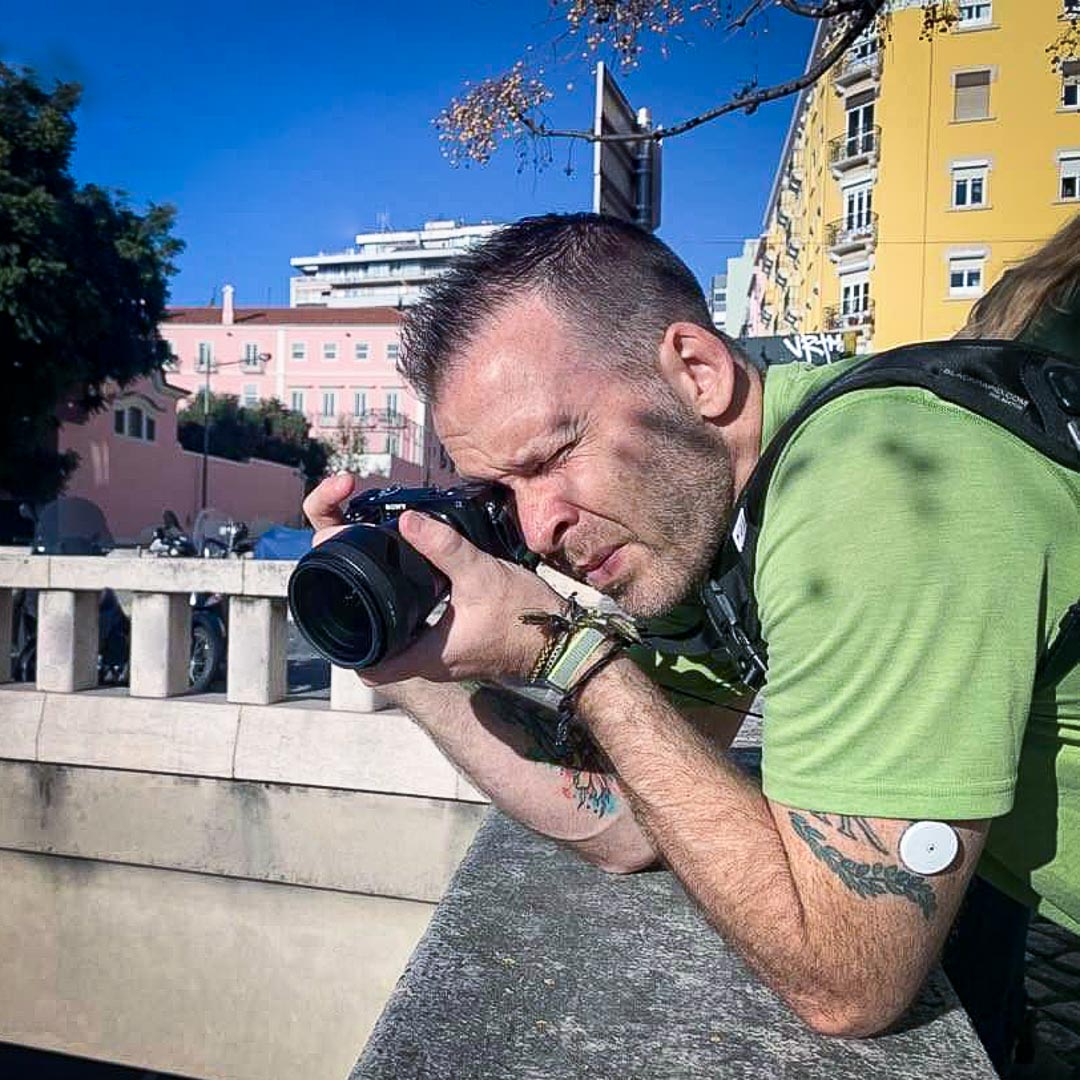
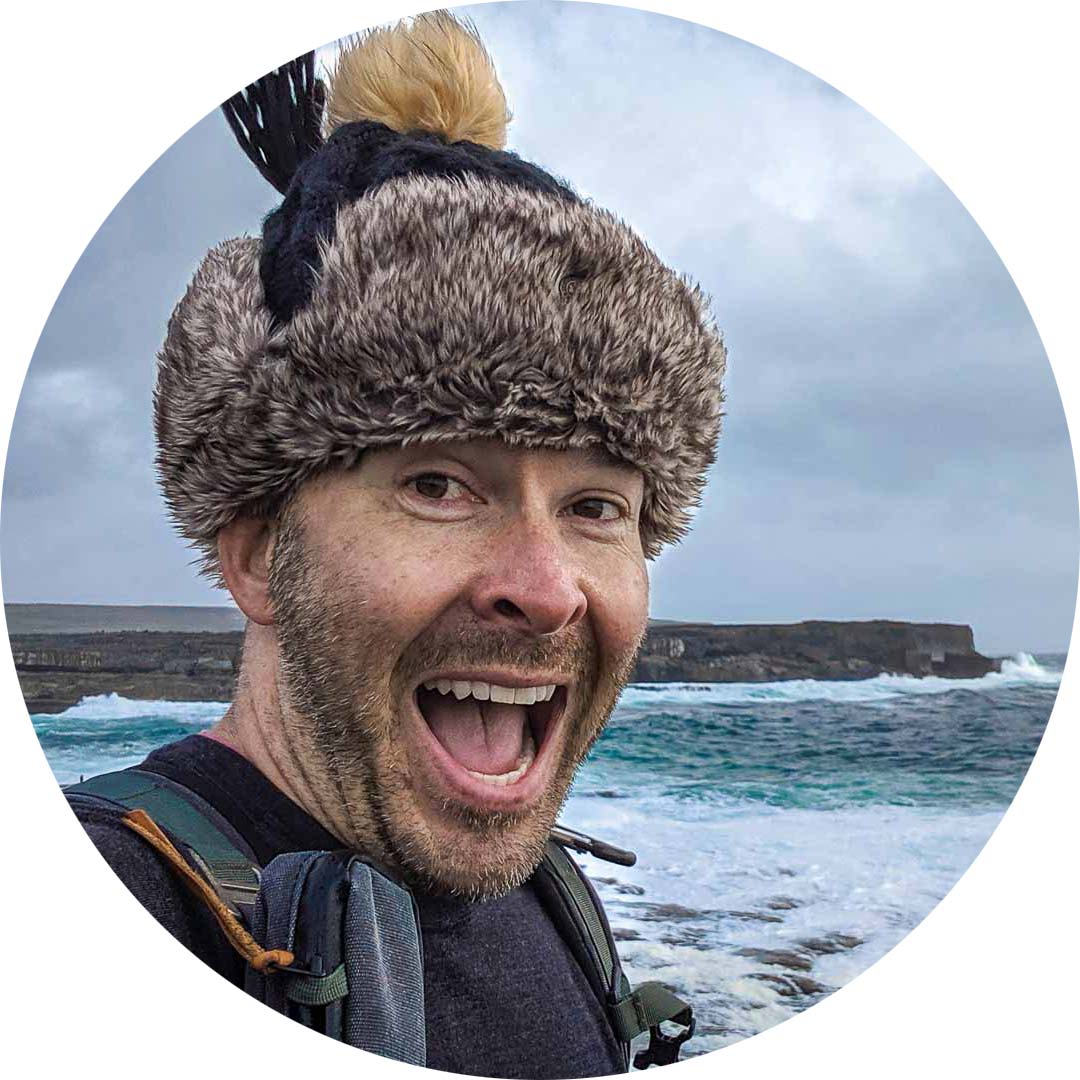
About Jason Robinson
Jason is the author of “The Beginner Traveler’s Guide To Going Nomad,” as well as the voice behind the words and the eye behind the lens for The Nomad Experiment. “Planning to travel at some point” wasn’t actually getting the job done, so nearing 40 he decided to make it a priority, nomatter how scary that was. A few years later—through the pandemic and a type 1 diabetes diagnosis at age 42—now living a life of nomadic travel, he’s speaking out to encourage others of any age, or with any serious medical diagnosis, to live an unconventional life.
Travel Planning Tips
Figure out where you are going & how are you getting there…
I suggest using at least 2 to 3 different travel search sites. Start with Skyscanner or Orbitz or Booking …or whatever aggregator site you prefer. Then when you see what airlines to use, check their respective sites for better deals or rewards flights.
Figure out where you’re going to stay…
If you’re interested in hostels, search Hostelworld or Hostelling International. For longer-term or more private digs, look at Airbnb, VRBO, or you can look for hotel rooms in the links from the search engines listed above.
Get comprehensive travel insurance, or in the least, travel medical insurance if internationally…
Especially with Covid not going anywhere, get covered. Start with an insurance aggregator like Insure My Trip, or with SafetyWing, World Nomads, or another. Then decide what is important to you; trip cancellation, baggage coverage, medical, or all of the above. And get a yearly evacuation plan, since you’ll have to get home after your emergency!
Need more resources? Click here!


